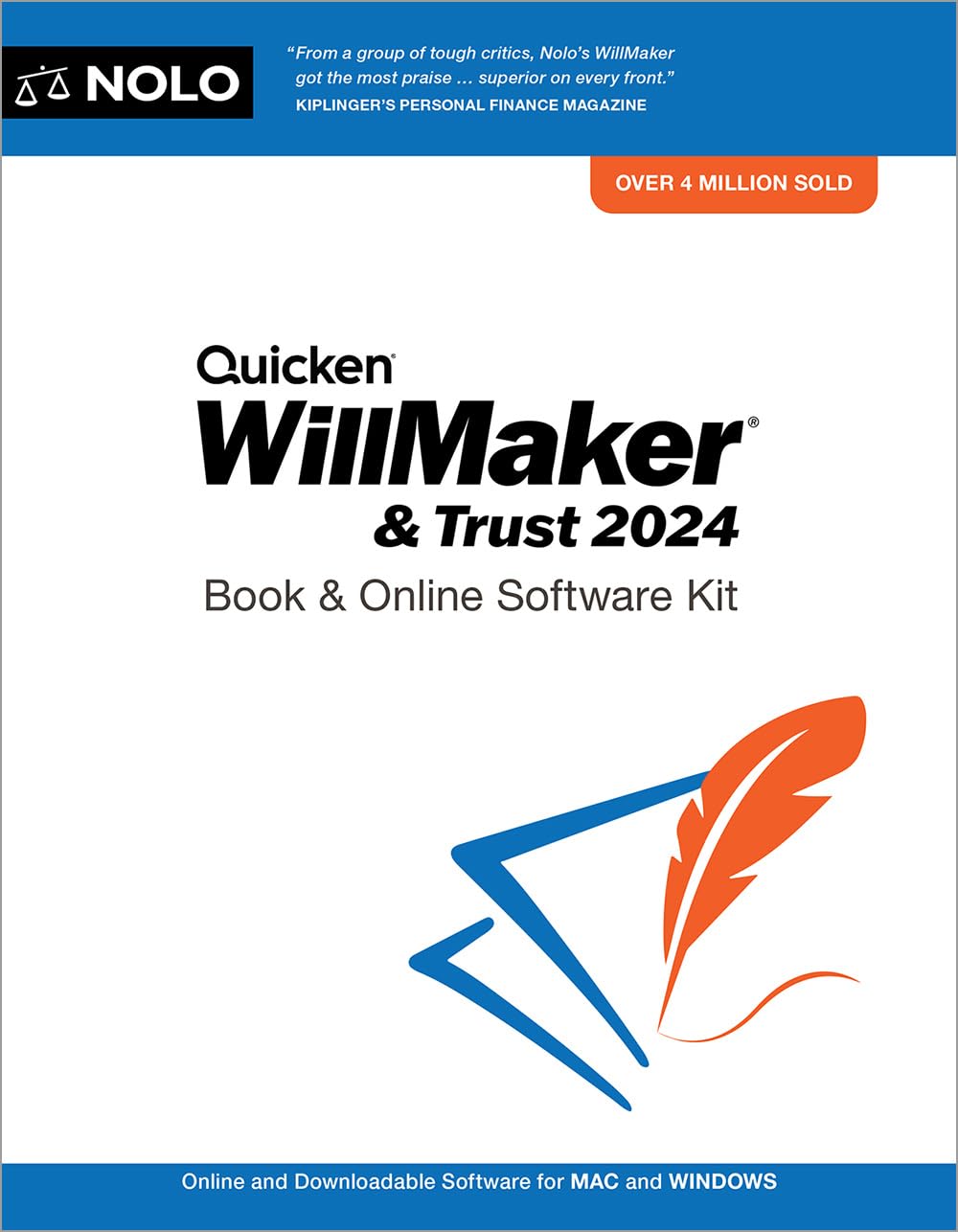Forecasts for Real Estate in 2024 by Emerging Industry Professionals
2024’s real estate forecast is anticipated to be shaped by various factors, as indicated by emerging luminaries in the field. Here’s what to expect:
- Innovative Technologies: The adoption of new property technologies is slated to revolutionize the approach toward housing.
- Market Fluctuations: The leasing market is likely to experience a temporary halt during the presidential election as companies await new policies.
- Urban Density: Efforts to increase neighborhood density could lead to an upswing in housing construction.
- Residential Market Vibrancy: Cities like Austin could witness a heightened interest from homebuyers, despite the overarching market challenges.
- Affordability Issues: In locales like Miami, the struggle with steep real estate prices persists, impacting accessibility for many.
- Economic Indicators: The interplay of mortgage rates, inflation, and interest rates will continue to influence buying and selling dynamics significantly.
- Buyer and Seller Trends: Homebuyers may still face a limited supply of available properties, while sellers navigate a market affected by economic uncertainties and potential shifts in policy.
- Regional Snapshots: There will be disparate trends nationwide, with some areas experiencing growth and others adjusting to economic pressures.

Do it Yourself Wills and Living Trusts
Quicken WillMaker and Trust is an easy way to create your estate plan.
An Industry Awaits Election Outcomes
The commercial life-sciences sector anticipates a deceleration in leasing as it gazes toward the upcoming presidential election. Industry experts foresee a cautious approach, as firms prefer to observe the shifting political landscape before committing to new spaces. Uncertainty looms over the potential changes in government priorities, which could significantly impact government-backed financing critical to this field.

SimpliSafe 5 Piece Wireless Home Security System
Optional 24/7 Professional Monitoring – No Contract – Compatible with Alexa and Google Assistant,White
Key Factors at Play:
- Federal Reserve’s Monetary Policy: Landlords are on high alert as high interest rates may affect leasing terms and tenant concessions.
- Presidential Election: The industry is poised for a ‘wait-and-see’ period, minimizing commitments until the election results clarify future federal spending priorities.
- Market Dynamics: Reduced leasing velocity is likely, yet the drive to secure spaces is expected to return post-election clarity.
“Survive to ’25” is a commonly echoed sentiment, indicating resilience amidst a period of strategized pause.
A New Era of Real Estate Technology Emerges
Propelled by the dynamic shifts in the commercial real estate sector, a significant uptick in technology-driven solutions is anticipated to sweep through the industry by 2024. Entrepreneurs like Stuf Storage’s Katharine Lau eye the future with optimism, looking forward to the resolution of current financial uncertainties which, once settled, could spark a revolution in property technology—or ‘proptech’.
In practice, companies like Lau’s leverage collaborative arrangements with property owners, transforming underused areas into efficient, automated storage facilities, sharing revenue in the process. This model exemplifies the kind of innovation that addresses both spatial efficiency and profitability.

Do it Yourself Wills and Living Trusts
Quicken WillMaker and Trust is an easy way to create your estate plan.
With the industry still recovering from high interest rates and occupancy challenges post-pandemic, these tech solutions represent a beacon of hope and progress. The bold prognosis includes:
- Financing Clarity: With clearer financial structures, property owners may feel more secure in investing in proptech ventures.
- Customer Experience Enhancements: Autofocus on customer-centric products will enhance the user experience without the need for extensive manpower.
- Adoption of AI and Smart Tech: Generative AI and similar technologies are set to revolutionize tasks traditionally requiring large workforces, such as crafting property listings with visual appeal, by enabling automation that is both efficient and scalable.
This forward-looking approach signifies a turning point where technology integration in real estate is not just ideal, but necessary for growth and customer satisfaction.
Sporting and Wellness Real Estate on the Rise
Real estate that caters to sports enthusiasts and wellness-focused individuals is experiencing a notable surge in popularity. This sector encompasses a range of properties, from yoga-centric retreats to innovative surf parks. The interest in such properties has notably increased since the pandemic, reflecting a broader trend of valuing health and lifestyle immeasurably.
- Market Growth: The market for wellness-oriented real estate in the U.S. is projected to expand substantially, with forecasts pointing to a $575.9 billion increase by 2027.
- Community Impact: This growth positively impacts neighborhoods, promoting the addition of wellness amenities in both single-family rentals and homeowner properties.
- Investment Opportunity: Such developments are transforming from novelty ventures into reputable investments, appealing greatly to those seeking to diversify their investment property portfolio.
- Industry Synergy: The success of one venture signals potential for others, establishing a competitive yet communal industry atmosphere.
Companies innovating in this space are not only enhancing the appeal of the residential landscape but also enriching the lifestyle choices available, which could influence the future of both the rental market and homeownership trends.
Upzoning’s Continued Growth
The push for denser urban development, known as upzoning, gains traction, reflecting a broader, bipartisan willingness to address housing shortages. Upzoning allows for the division of existing residential lots, potentially lowering home buying costs by increasing supply.
Economic Impact:
- Wage Influence: Increased housing options in metropolitan areas may help bridge the gap between wages and living expenses.
- Savings and Down Payments: Improved housing affordability could reduce the burden of down payments, aligning more closely with median incomes.
Regional Focus:
- Metro Areas: Initiatives like upzoning could revitalize downtown centers by offering more residential options, potentially alleviating housing demand pressures.
- Specific Cases:
- Rochester, NY: Might see a surge in available housing, aligning with its median income levels and cost of living.
- Toledo, OH: Like other similar regions, could benefit from upzoning in its downtown areas, fostering local economic growth and diversity.

SimpliSafe 5 Piece Wireless Home Security System
Optional 24/7 Professional Monitoring – No Contract – Compatible with Alexa and Google Assistant,White
Leaders in the YIMBY movement see upzoning not just as a tool for urban planning but as a crucial step in making cities across the country more accessible and financially viable for a broader range of people. This strategic shift in zoning may play a vital role in stabilizing housing market dynamics, from costs to supply, in the years to come.
New-home construction will provide some relief
In 2024, the surge in new-home construction is anticipated to ease some pressure from the housing market. The previous year’s sluggish sales of pre-existing homes have led to a greater reliance on homebuilders to meet the housing needs. They bring considerable advantages to the table, especially the ability to offer lower mortgage rates through buy-downs, enticing more buyers into the market.
Key Points:
- Mortgage Affordability: Homebuilders, benefiting from prior success, can offer rate buy-downs—a boon for buyers in a market where a standard 30-year loan hovers around 7%.
- Construction Costs: With a decrease from the heightened levels of previous years, construction costs present fewer obstacles for new development.
- Market Dynamics: A drop in the selling of existing homes has shifted focus to newly constructed properties, potentially increasing inventory and providing some housing demand relief.
- Market Outlook: The contribution of homebuilders is expected to play a critical role in the recovery and stabilization of the housing supply.
Homebuilders’ strategies are particularly well-timed as they respond to the collective needs of families searching for affordable options, potentially inciting a modest recovery in housing inventory. This could lead to a broader range of choices for those seeking a starter home or looking to relocate, while also fueling a multi-family construction boom to cater to an evolving demographic.
Homeownership Retention in the Big Apple
In Manhattan and greater New York City, a robust homeownership culture prevails. Many possessing residential property favor retaining their assets instead of putting them on the market. This tendency is anticipated to persist, presenting an indirect boon for individuals seeking tenancy. With homeowners opting to lease their spaces, this strategy may bolster rental home supply, offering some easing in the metropolitan rental sector. This suggests a more hopeful scenario for those looking to rent in this densely populated market, indicating a potential shift toward increased rental availability.

Do it Yourself Wills and Living Trusts
Quicken WillMaker and Trust is an easy way to create your estate plan.
Escalating Housing Prices Prompting Miami Exodus
Miami faces a stark challenge with housing affordability. Steeply climbing property costs and excessive rental fees are initiating a demographic shift. Since January 2020, median home values have soared by 73%, reaching a figure of $595,000. Concurrently, rental rates paint a grim picture—over 70% of Miami rentals demand in excess of $2,000 monthly.
The economic pressure has begun to reverse Miami’s population growth, as individuals grapple with the financial burden of residency. Those with minimal disposable income bear the brunt.
Key observations:
- Median Home Price: Rose to $595,000.
- Rental Concerns: Above 70% of Miami rentals exceed $2,000 per month.
- Population Trend: Decline due to financial strain.
In response, proposals aim to bolster tenant rights and mitigate spiraling insurance premiums, striving for balanced solutions that prioritize the most economically vulnerable residents.
Building Technology Advancements
In 2024, the construction industry is poised to embrace novel building technologies that promise to revitalize traditional practices. Senior development associate, Natasha Sadikin of Juno, a pioneering Californian startup, champions the use of modular building methods and renewable materials such as timber.
Industry professionals like Sadikin anticipate a surge in inventiveness as developers seek viable, cost-effective strategies for project completion. This innovation is not limited to large-scale development but extends to home improvements and DIY projects as well. Homeowners might see opportunities to update an outdated bathroom or kitchen using new, easy-to-use technologies.
Embracing these cutting-edge techniques may present challenges, yet the potential for efficient, eco-friendly building makes exploration worthwhile. As these methods gain traction, DIY home improvements could become more accessible, paving the way for creative renovations on a personal scale.

SimpliSafe 5 Piece Wireless Home Security System
Optional 24/7 Professional Monitoring – No Contract – Compatible with Alexa and Google Assistant,White
Homebuyers Will Revitalize the Austin Market
The property landscape in Austin, Texas, is poised for a vibrant recovery as 2024 approaches. According to real estate expert Nicole Marburger, the city’s real estate activities are aligning with traditional seasonal patterns, where homes listed in spring through early summer witness the most activity. This is a promising indicator for increased transactions during these peak months.
Key Drivers for Austin’s Market Recovery:
- Improvements in Employment: The rise in job listings suggests a strengthening labor market, which historically benefits housing dynamics.
- Mortgage Interest Rates: Predicted reductions in interest rates could ignite more competition among home shoppers.
With these factors at play, those in Austin’s real estate market can anticipate more robust interactions between sellers and prospective buyers, ranging from first-time homebuyers to seasoned property flippers, looking to capitalize on favorable conditions.




